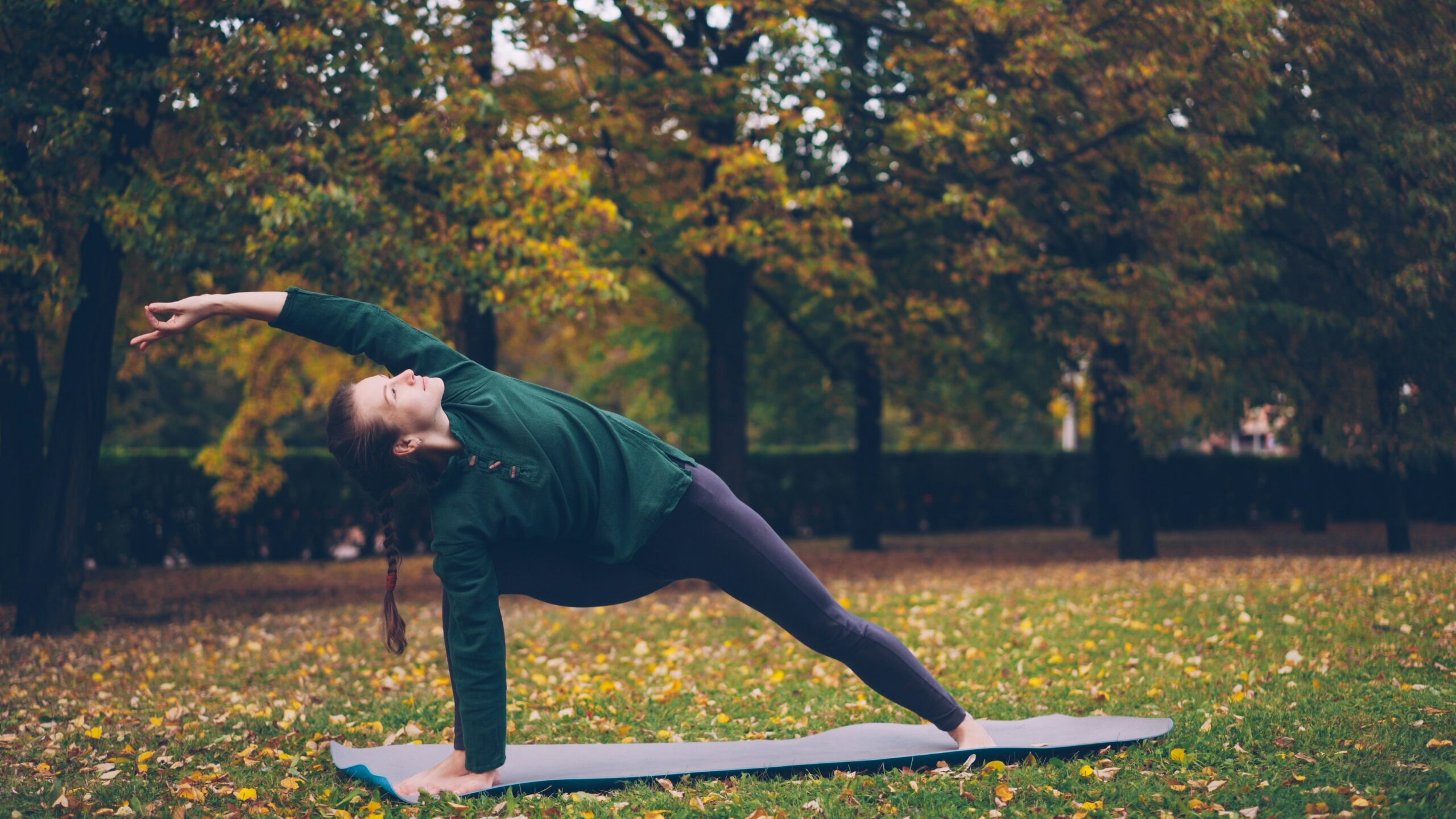Our News
Caring For The Future of Fitness

Photo by Vitaly Gariev on Unsplash
Keeping fit is a priority for lots of us. From weight lifting, running, playing sports or a simple leisurely stroll, most of us participate in some form of physical activity as part of our daily lives. But how are our fitness habits beginning to shift with the changing climate, and why should we care?
Outdoor Activity in a Changing Climate
Over the last couple of years, there has been a huge surge in people taking part in physical activity and sport. In fact, 63.7% of adults engage in roughly 150 minutes of movement per week. Yet, taking part in outdoor activity is becoming increasingly challenging under erratic weather patterns.
As conditions continue to change, it’s not only the natural environment that is impacted, so is our relationship with exercise. It is estimated that by 2050, a quarter of the UK’s league football grounds will experience temporary or permanent flooding, limiting access to recreational and professional sport. Running is also projected to be impacted by 2050. The London Marathon potentially flags a health risk to participants as it could see a 1.7°C temperature increase. Health risks associated with this temperature rise include heat stroke, heat exhaustion and cardiovascular strain.
Competitive sports aside, our day-to-day physical activity may also need to shift. Higher temperatures could result in needing to work out earlier in the morning or later in the evening to avoid the heat. This could deem exercise an inconvenience rather than an enjoyable way to maintain a healthy lifestyle. For those who are already at a disadvantage, it may pose a significant threat.
Fitness & Climate Inequality
Individuals with pre-existing medical conditions may find it harder to work out during periods of extreme weather. In the UK, there are 7.9 million people living with heart-related diseases and 3.9 million diagnosed with diabetes. The medications used to treat such chronic health conditions make it difficult for the body to regulate heat, meaning that outdoor activity in extreme temperatures is more likely to induce heat-related illnesses. The elderly are also particularly vulnerable. Dehydration and symptoms of respiratory and heart conditions are harder for older persons to manage during heat waves, reducing their ability to go outside or cope with the regular effects of staying active.
In areas where air pollution is greater, participating in outdoor activity may increase the intake of pollutants into the lungs. With both a larger volume of air being inhaled and the tendency to breathe through our mouths instead of our noses when we exercise, the respiratory system is affected more under poor air quality. Consequently, when air quality worsens, individuals are advised against strenuous physical exertion, deeming exercising outdoors a health risk on multiple fronts amidst changes to the climate.
Naturally, we may consider exercising indoors as an easy solution to this issue. However, there are certain pitfalls of indoor activity. For instance, the cost of a membership fee, poor air quality and ventilation, space constraints and limited access to equipment. Such barriers emphasise the importance of exercising outdoors to both ensure optimum access to fitness for all and allow us to reap the psychological benefits of moving in green spaces.
Exercising in Green Spaces and Health Benefits
Studies show that ‘green exercises’ (exercises done in the natural environment) aid our mental strength, promote feelings of positivity and self-esteem, reduce stress and improve overall mood. Given the affordability of outdoor activity, these health benefits are widely accessible, making the maintenance of safe and accessible green spaces critical for our overall psychological wellbeing as well as physical health. Exercising in green spaces also fosters a connection with nature. Whether that is a walk along the canal, a hike, or a jog in a local park, blending movement and greenery allows us to appreciate our natural environments. Not to mention, protecting these spaces is a great practice of sustainability.
Why Fitness can be a good Practice of Sustainability
Did you know that keeping fit and healthy directly supports the planet too? An increase in ‘active travel’ (by foot, bicycle, or a mix of these with public transport), along with other lifestyle changes such as consuming more plant-based foods, decreases your risk of various diseases and helps to lower your carbon footprint.
When exercise is approached through a sustainability lens, our fitness journeys become part of something bigger, allowing the small choices (such as taking a 5-minute walk to the shop instead of driving or using a reusable water bottle to stay hydrated) to contribute to a collective shift which puts the planet at the forefront of our daily lives. In this way, climate action can be a fun and mutually beneficial way to make a difference and protect the future of fitness.